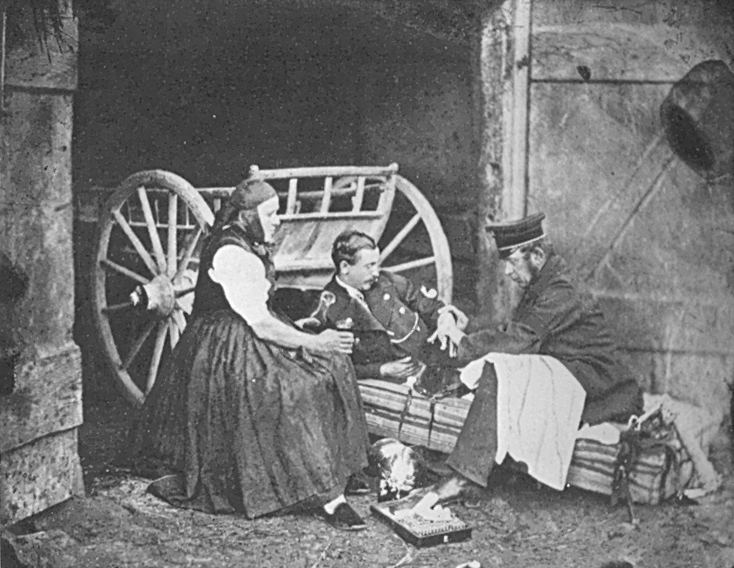 | ||
Feldsher (German: Feldscher, Polish: Felczer, Czech: Felčar, Russian: Фельдшер, Swedish: Fältskär) is a health care professional who provides various medical services limited to emergency treatment and ambulance practice, according to the World Health Organization. In the Russian Federation and other countries of the former Soviet Union, feldshers provide primary, obstetric and surgical care services in many rural medical centres and clinics across Russia, Armenia, Kazakhstan, Kyrgyzstan and Uzbekistan.
Contents
The equivalent type of provider may also go under different titles in different countries and regions, such as physician assistant in the United States or clinical officer in parts of sub-Saharan Africa. They are collectively grouped under the category “paramedical practitioners” in the International Standard Classification of Occupations, 2008 revision.
History
The word Feldsher is derived from the German Feldscher, which was coined in the 15th century. Feldscher (or Feldscherer) literally means "field shearer," but was the term used for barber surgeons in the German and Swiss armies from the 17th century until professional military medical services were established, first by Prussia in the early 18th century. Today, Feldshers do not exist in Germany anymore, but the term was exported with Prussian officers and nobles to Russia.
The Feldsher system of rural primary care provided some of the inspiration for China's barefoot doctors.
Today feldshers can be found in every medical setting from primary to intensive care. They are often the first point of contact with health professionals for people in rural areas.
Education and training
Training for feldshers can include up to four years of post-secondary education, including medical diagnosis and prescribing. They have clinical responsibilities that may be considered midway between those of physicians and those of nurses. They do not have full professional qualifications as physicians.
The training program typically includes basic pre-clinical sciences: anatomy, physiology, pharmacology, microbiology, laboratory subjects, etc.; and advanced clinical sciences: internal medicine and therapeutics, neurology and psychiatry, obstetrics, infectious diseases and epidemiology, preventive medicine, surgery and trauma, anesthesiology and intensive care, pediatrics, and other clinical subjects such as ophthalmology, otolaryngology, dermatology and sexually transmitted diseases, ambulance service and pre-hospital emergency medical care, army field medical-surgical training.
